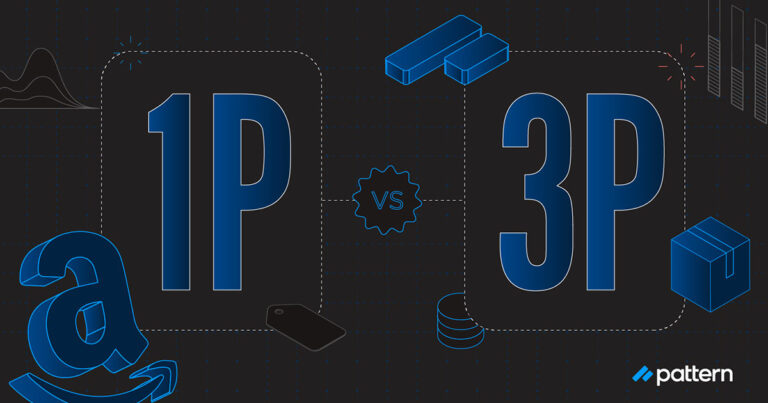Amazon is evolving, and with it, comes increased advances into the advertising technology on the platform. In August 2019, it was announced that the ecommerce giant is beta testing new “clean room” technology in 2020 that, like the tools Facebook and Google Ads Data Hub (ADH) offer, will give marketers better data to help them understand their impact on consumer behavior.
If you’re a brand or a marketer on Amazon, there are a few things you need to know about clean room advertising, including how it can be an exciting opportunity for additional understanding about your digital marketing efforts.
What is a “clean room”?
The term “clean room” first originated from the semiconductor industry, according to Media Post. It refers to a room or an environment used for the manufacturing of electronic parts that is completely isolated from its external environments to prevent dust and other contaminants from getting inside.
Adopted for use in a tech context, the term “clean room advertising” is used to describe tools that give advertisers greater access to customer data—which can later be referenced for marketing campaigns—while putting strict controls around that data so that customer privacy isn’t jeopardized. Just like a physical clean room, Amazon’s clean room is meant to protect user data from the outside world as advertisers use it to their advantage.
What will clean room advertising look like on Amazon?
Historically, advertising on Amazon has been fairly frustrating for brands, as the site doesn’t release much campaign data that can be used by sellers to track success. That’s what makes clean room advertising on the site an exciting prospect for brands.
To get a sense of what clean room technology might look like for Amazon sellers, we can look at how it works for Facebook and Google—Amazon’s clean room tech is said to be pretty similar.
Facebook and Google’s clean rooms combine first-party customer data with aggregated user information to measure the success of ad campaigns while also helping advertisers steer clear of targeting the same audiences with too many ads. In this way, companies that work with Google and Facebook are minimizing the amount they spend on unnecessary marketing and making their marketing more effective.
According to MarketDive, clean room technology helps to identify which groups have engaged with which campaigns. That’s what makes it easier to narrow down the target audience. Clean room technology on Amazon could also separate first-time buyers from return customers (more so than the “new-to-brand” metric that only tracks back 365 days). Ultimately, it helps brands and marketers advertise to the audience that is ready to purchase.
The consumer data that will likely be accessed on Amazon through clean room tech includes customer shopping history and media consumption habits pulled from its audiobook service Audible and its Amazon Prime streaming service, among others.
Amazon was said to be doing closed beta testing on their clean room tech fall of 2019, according to AdExchanger, and, as mentioned above, is beginning open beta testing this year.
What does Amazon’s clean room tech ultimately mean for brands?
The incorporation of clean room advertising is one way that Amazon is asserting its evolving presence as not only an online retailer, but a tech company. While brands are constantly competing with Amazon to sell their products, clean room advertising puts the relationship between the two bodies in a new light. It makes Amazon more of a partner to sellers than competition.
Only time will tell how clean room technology changes the way brands market their products on Amazon and what the relationship between brands and Amazon will become.
To learn more about how to market your brand and products on Amazon, contact us below or call 1 (888) 881-7576.





